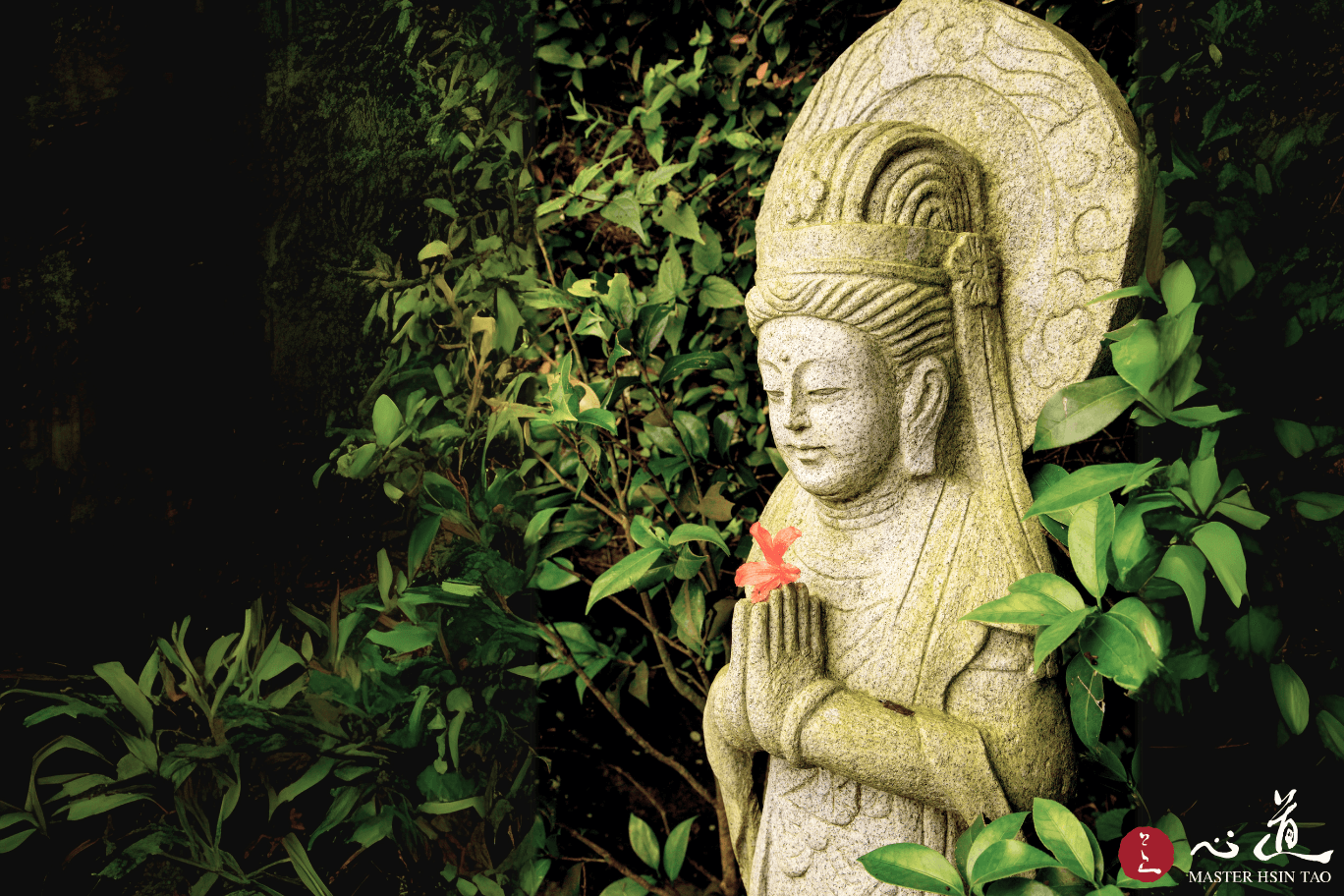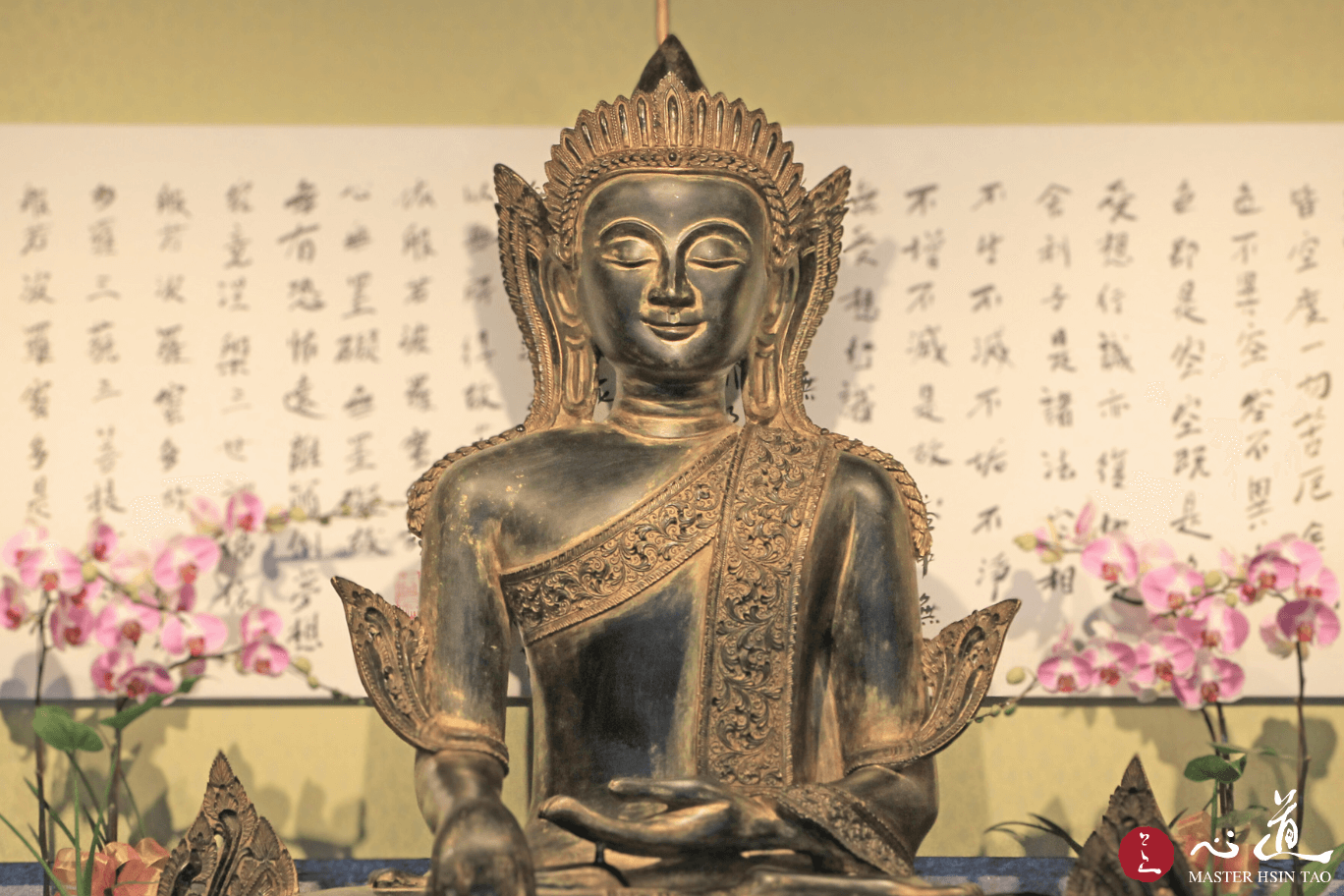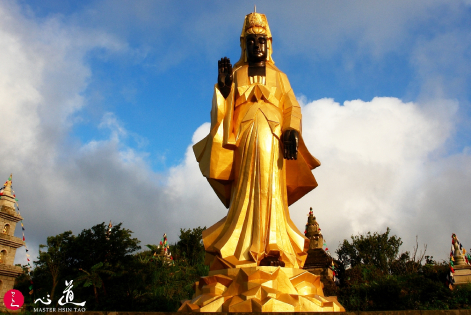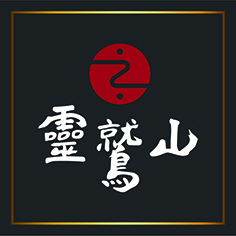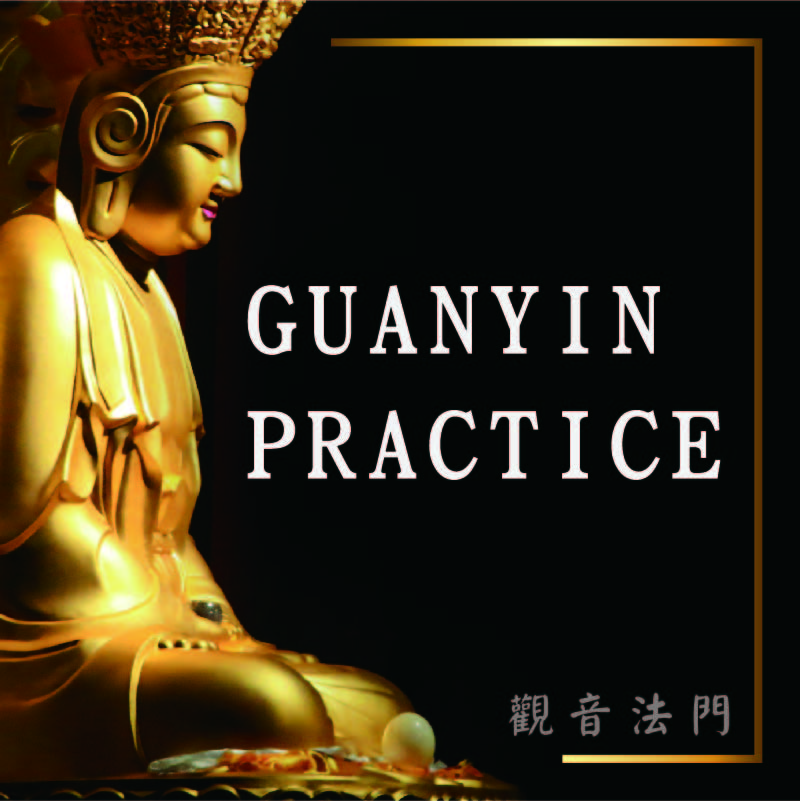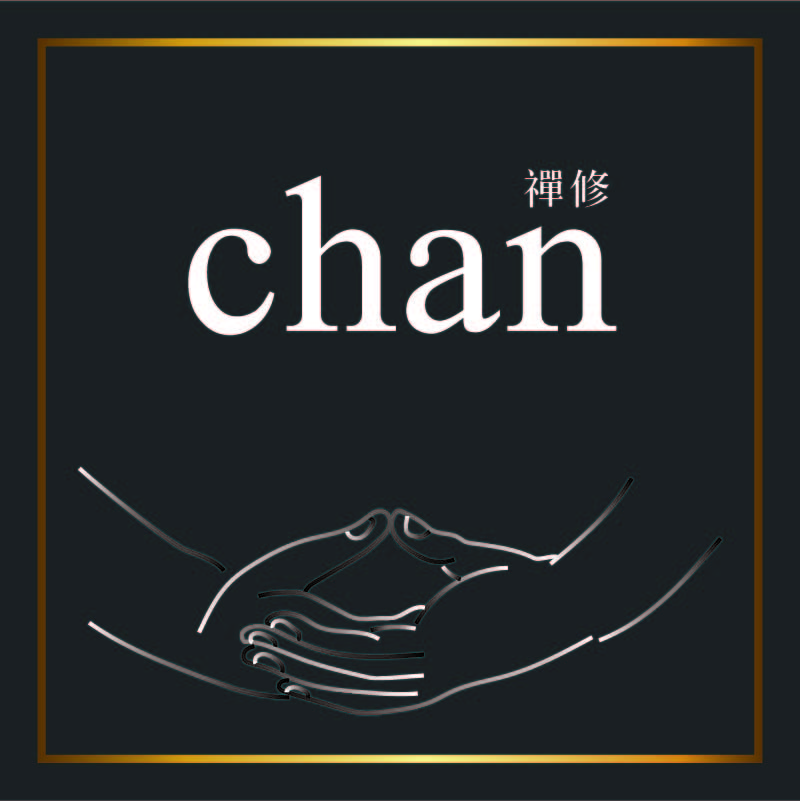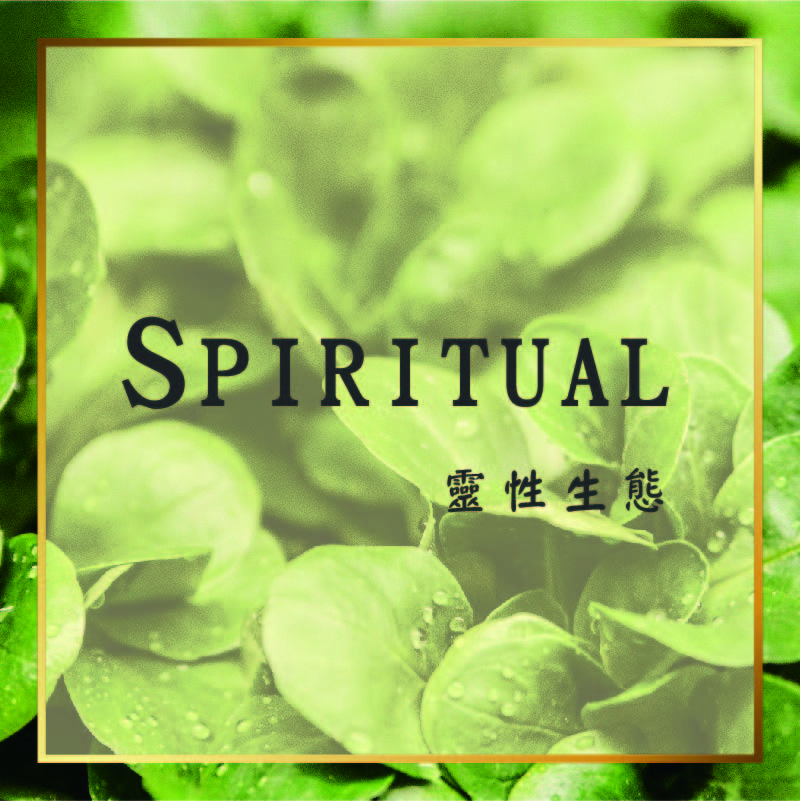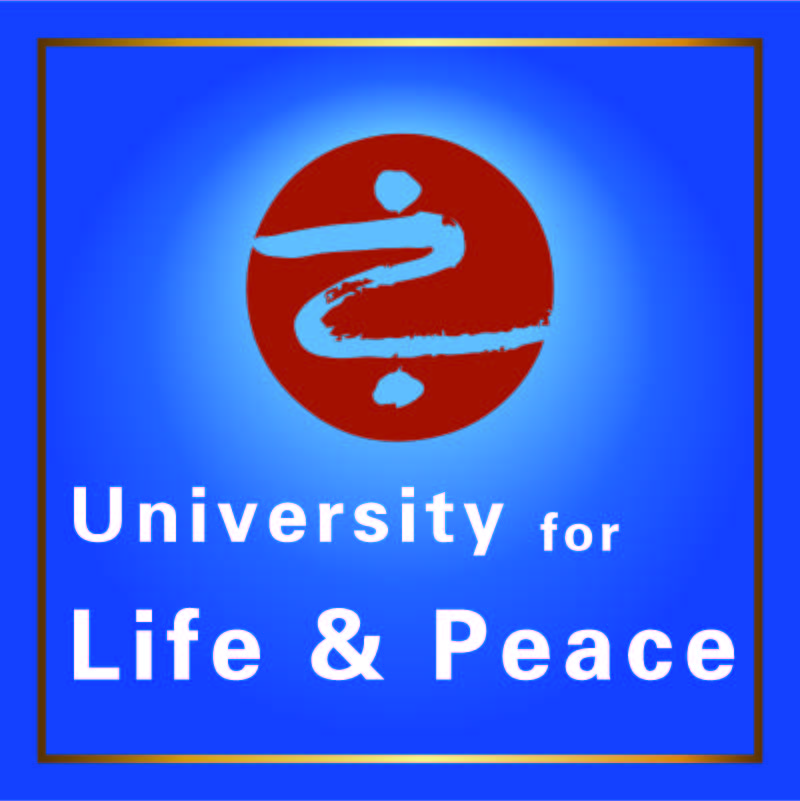
Becoming a Practitioner of Avalokiteshvara
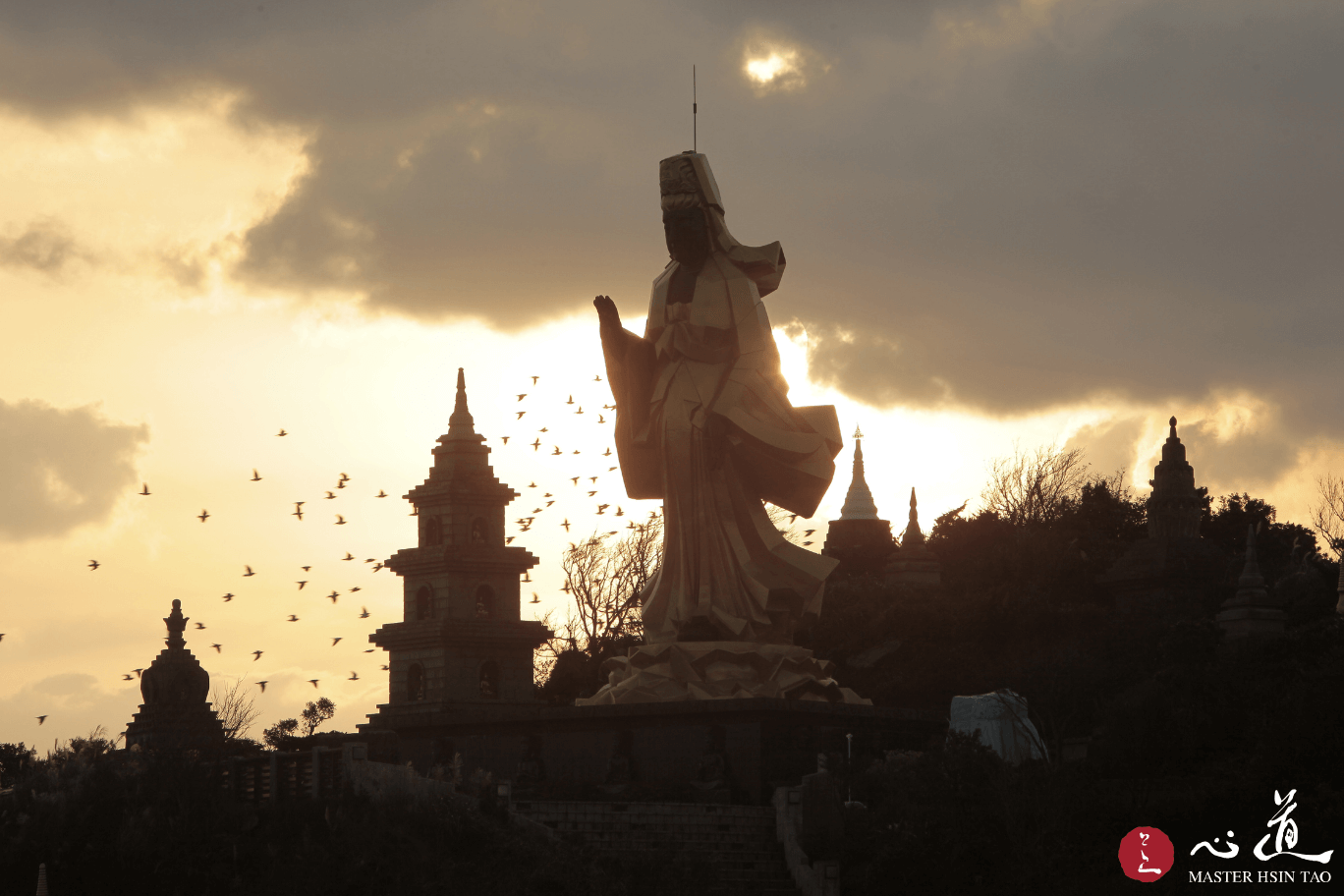 In the winter of 2012, on the concluding day of one of my retreat sessions, I conferred the empowerment of the Accomplishment Practice of the Noble Thousand-Armed and Thousand-Eyed Avalokiteshvara especially for the entire monastic community of LJM. This retreat marked the completion of a particular stage, and as the auspicious conditions had ripened, I bestowed this empowerment to transmit the essential teachings of the Avalokiteshvara lineage for the sangha’s sustained practice.
In the winter of 2012, on the concluding day of one of my retreat sessions, I conferred the empowerment of the Accomplishment Practice of the Noble Thousand-Armed and Thousand-Eyed Avalokiteshvara especially for the entire monastic community of LJM. This retreat marked the completion of a particular stage, and as the auspicious conditions had ripened, I bestowed this empowerment to transmit the essential teachings of the Avalokiteshvara lineage for the sangha’s sustained practice.
Such an opportunity is precious. Empowerment is not merely a ritual, but rather an arising of practice and the point of connection to a lineage. I therefore encouraged my disciples that from the day they received the empowerment onward, they should engage in this practice without interruption, ensuring that the Avalokiteshvara lineage would be authentically upheld. My hope is that every disciple will become a genuine practitioner of Avalokiteshvara teachings, for Ling Jiou Mountain itself is truly a sacred bhodhimanda of Avalokiteshvara.
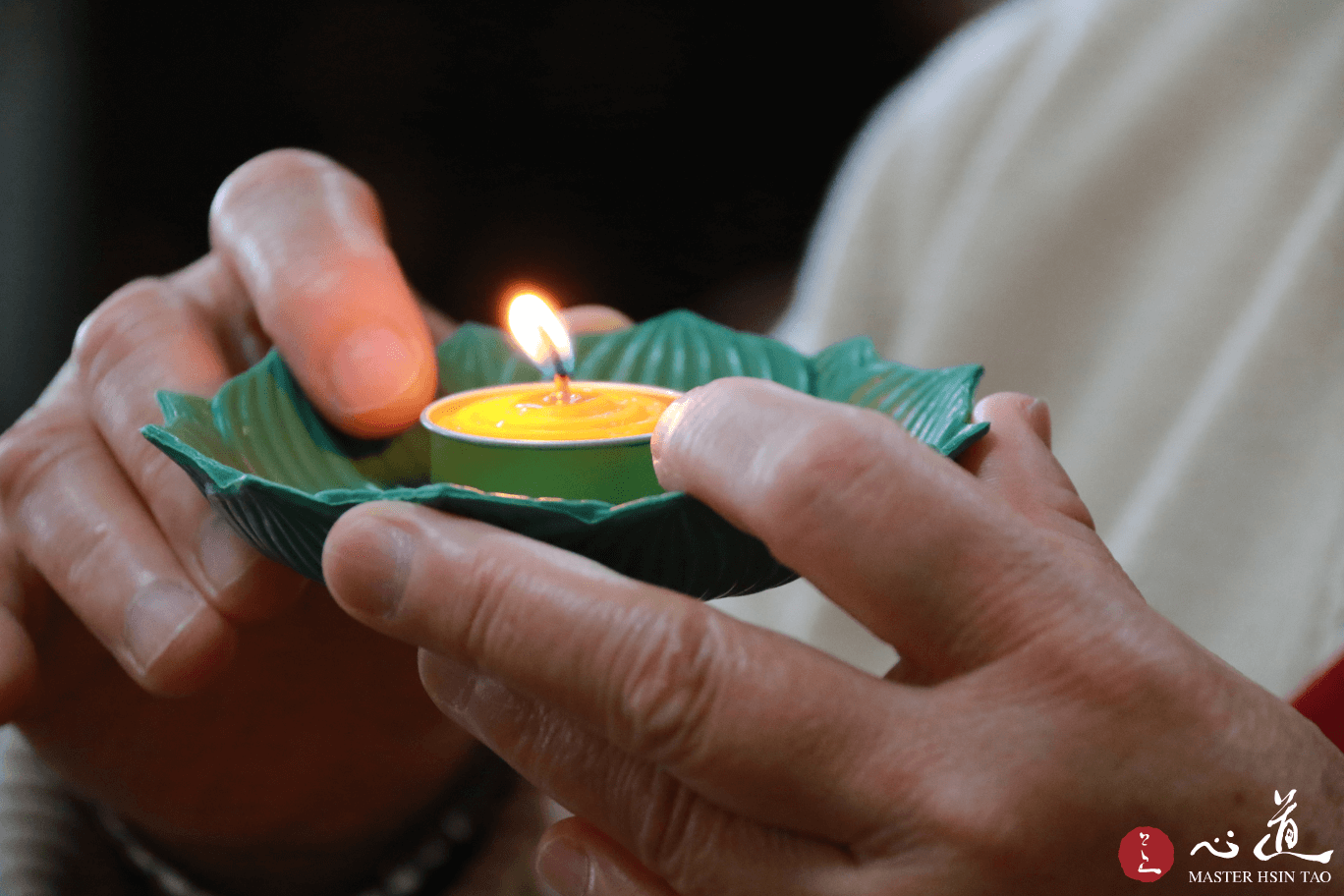 For monastics, it is essential to maintain a daily practice. This Avalokiteshvara sadhana has always been part of my own daily practice: after completing the sadhana, I recite the Great Compassion Mantra, concluding in the evening with dedication. In this manner, monastics must approach their personal practice with systematic management, turning practice into a steady routine.
For monastics, it is essential to maintain a daily practice. This Avalokiteshvara sadhana has always been part of my own daily practice: after completing the sadhana, I recite the Great Compassion Mantra, concluding in the evening with dedication. In this manner, monastics must approach their personal practice with systematic management, turning practice into a steady routine.
The Great Compassion Mantra is an essential practice within the Ling Jiou Mountain lineage, and it is vital that everyone engage in it with even greater faith and perseverance. Through engaging in this Avalokiteshvara practice, one can generate the unsurpassable bodhicitta. Whatever Avalokiteshvara teaches, we should act accordingly. If Avalokiteshvara exhorts us to cultivate loving-kindness, compassion, joy, and equanimity, we should diligently cultivate these qualities without clinging to our own conceptions, but instead aligning our thoughts and actions with Avalokiteshvara’s intention.
By emulating Avalokiteshvara’s immeasurable loving-kindness, compassion, joy, and equanimity, we also aspire to relieve suffering, rescue those in distress, and dedicate ourselves to the welfare of beings. Through this practice, we can purify our own minds and karma. Thus, in this very lifetime, we may accomplish many virtuous deeds that serve as a compass for our lives, with Avalokiteshvara as the guiding beacons.
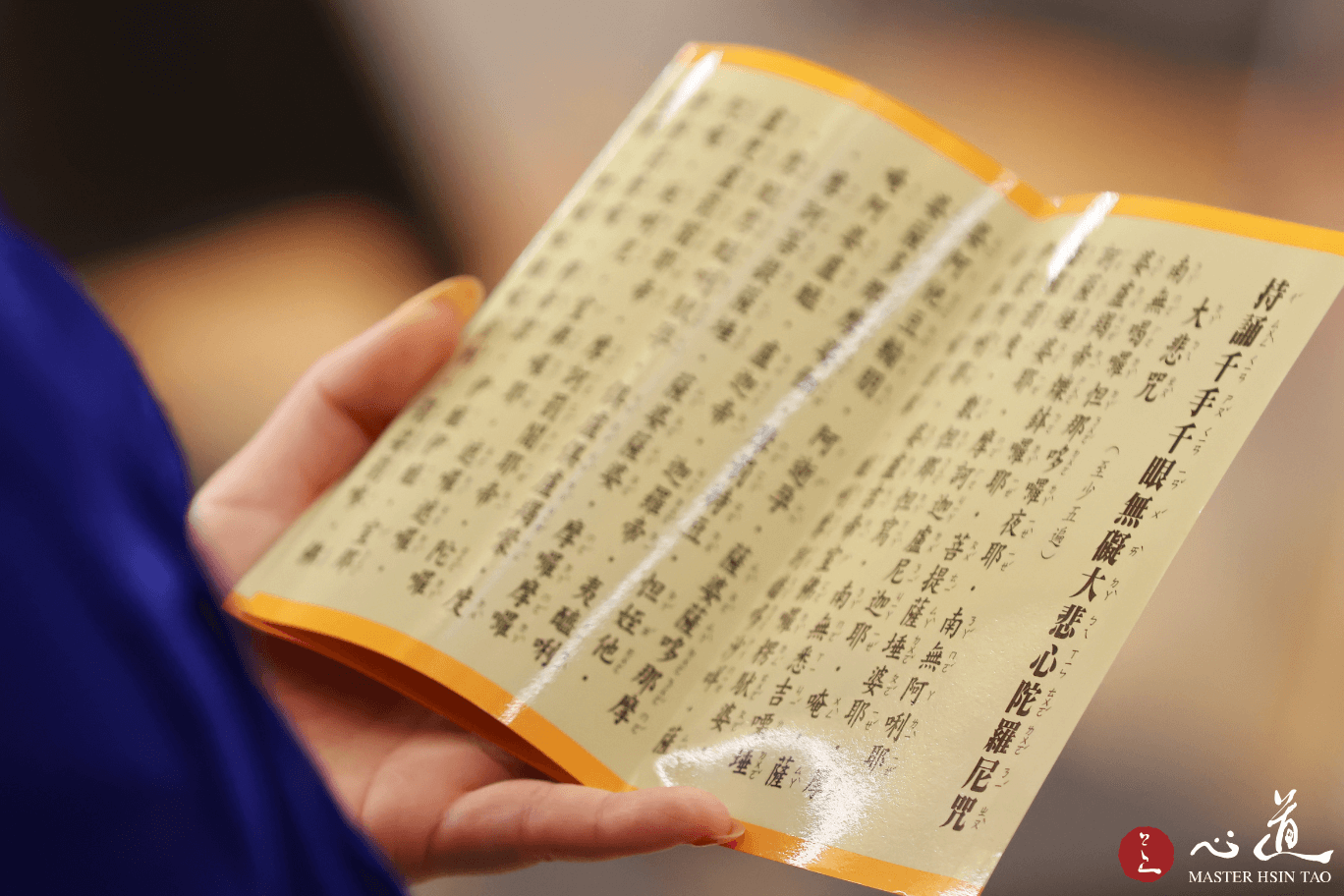 Sentient beings are often lacking in wisdom, yet abundant in habitual tendencies, afflictions, and self-centeredness. For this reason, we must take Avalokiteshvara as our guide and navigator. Everything Avalokiteshvara does is an act of dedication and service—immediate and unconditional, like an emergency response. Monastics should embody this same spirit: less preoccupation with self-interest and calculation, and thereby accumulating greater merit.
Sentient beings are often lacking in wisdom, yet abundant in habitual tendencies, afflictions, and self-centeredness. For this reason, we must take Avalokiteshvara as our guide and navigator. Everything Avalokiteshvara does is an act of dedication and service—immediate and unconditional, like an emergency response. Monastics should embody this same spirit: less preoccupation with self-interest and calculation, and thereby accumulating greater merit.
Above all, monastics must never succumb to indolence. One must understand that merit is cultivated through action; only with merit can one properly receive and make use of the offerings from donors of the ten directions. If one lacks merit and is unwilling to serve diligently, how can one accumulate much merit and become a true source of refuge for sentient beings? Therefore, one must generate a vast aspiration of offering and service—practicing here and now, cultivating here and now, carrying out here and now—and above all, one must diligently uphold the recitation of the Great Compassion Mantra.


